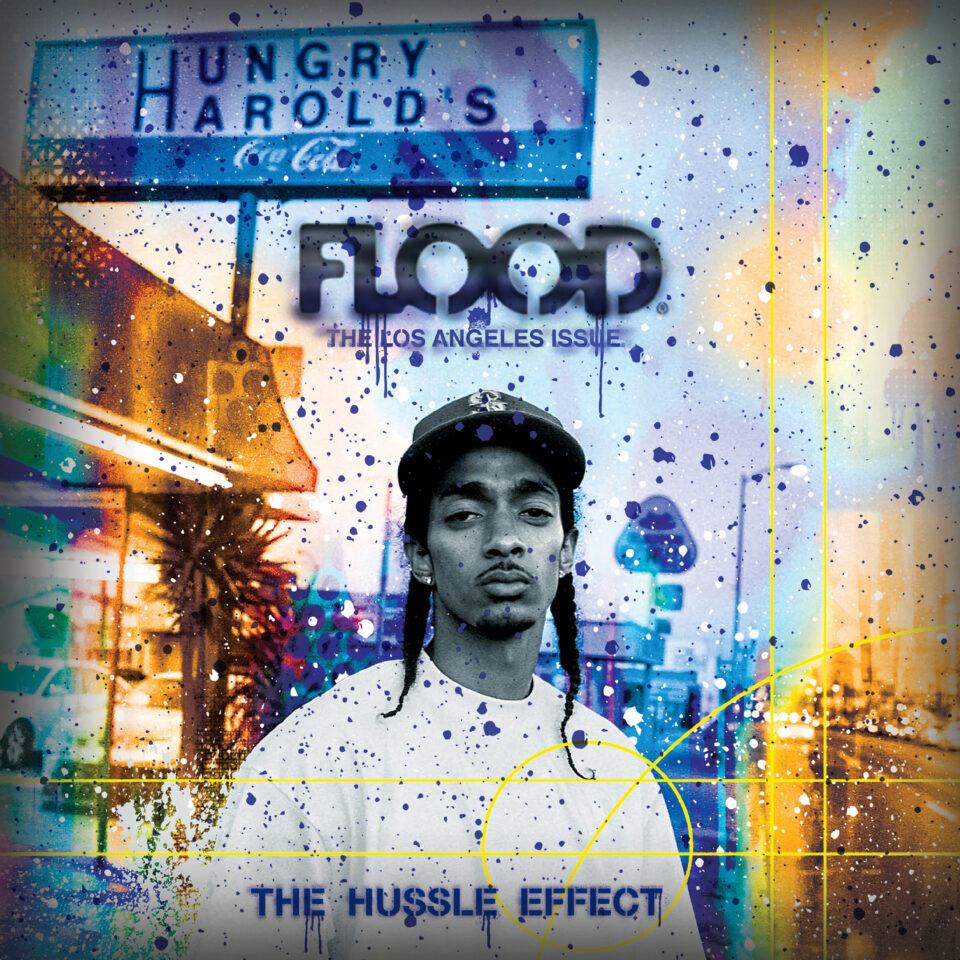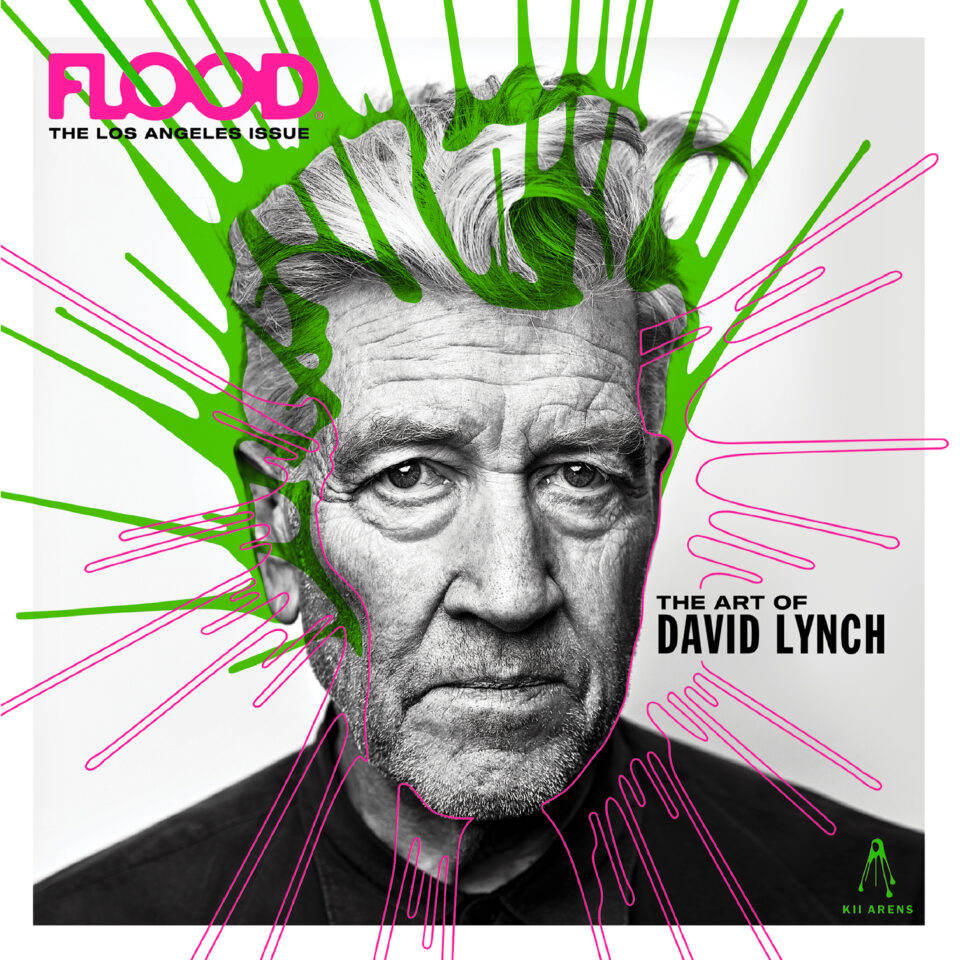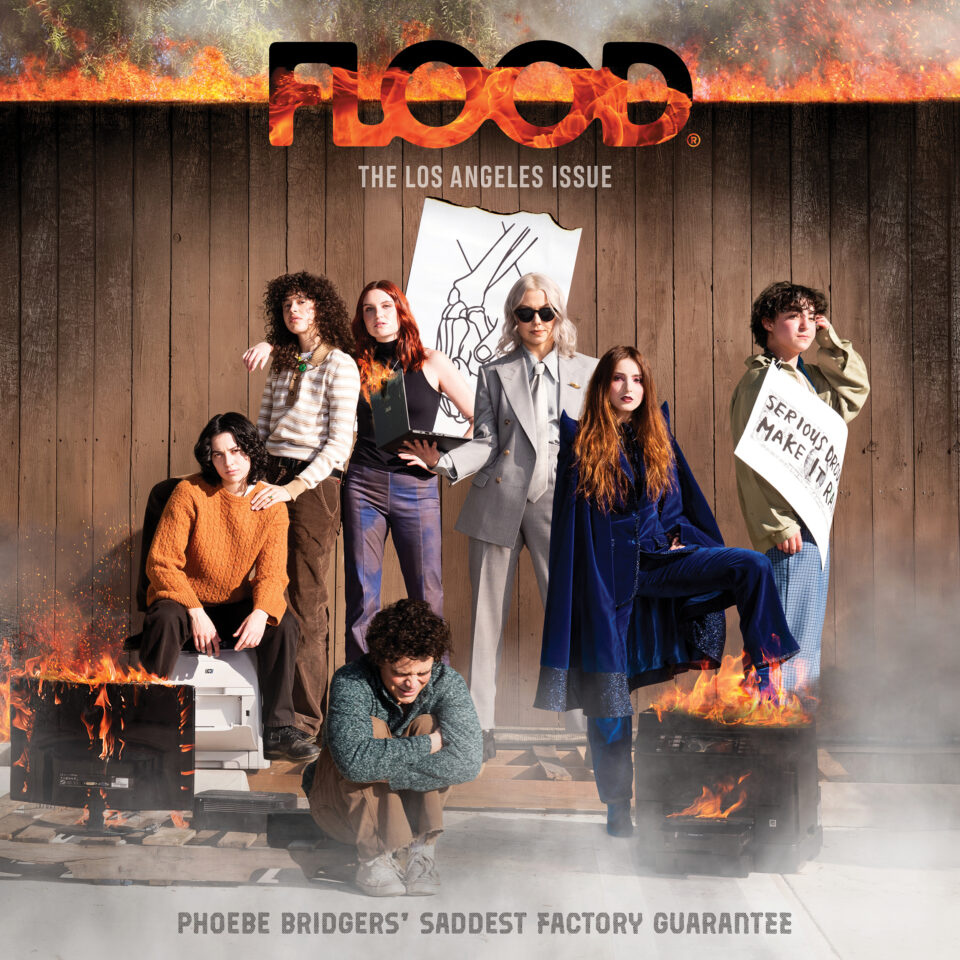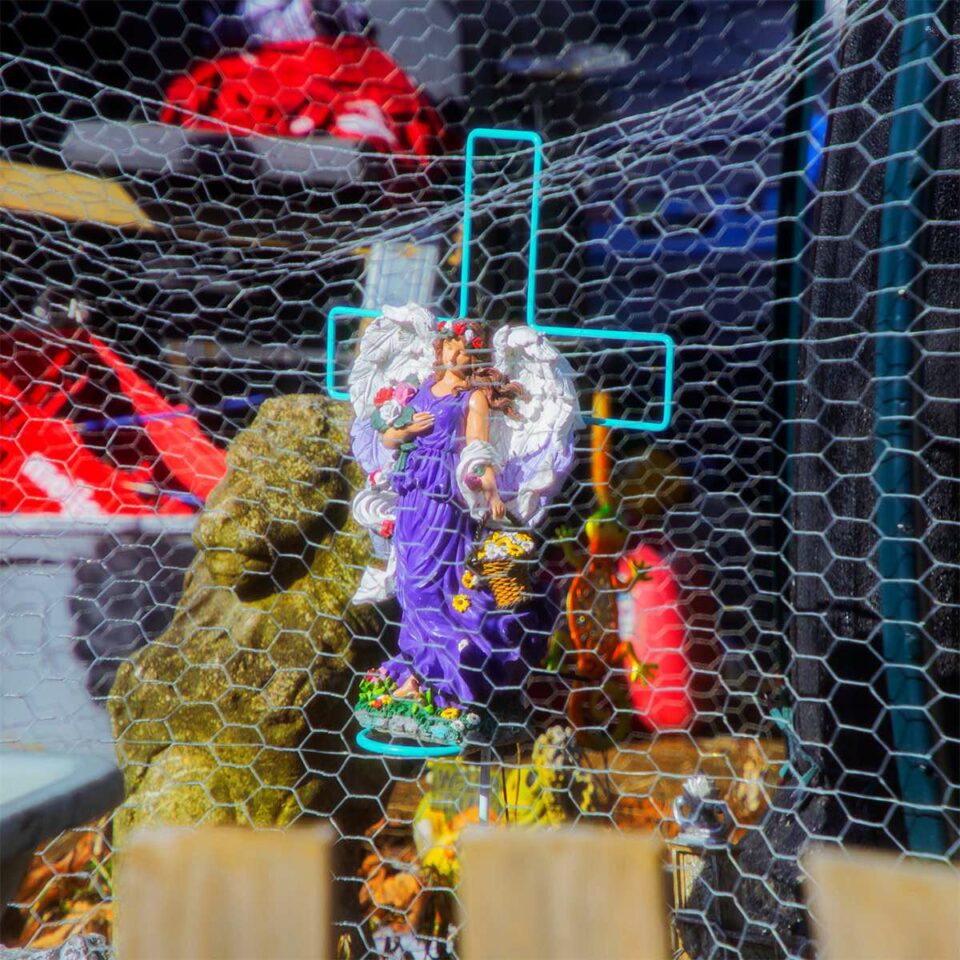By the time Adam “Ad-Rock” Horovitz, Michael “Mike D” Diamond, and Adam “MCA” Yauch’s third full-length album found its way into record stores in April of 1992, the Beastie Boys were already at the forefront of the counterculture. Their debut, 1986’s Licensed to Ill, was a mix of punk, rock, rap, and metal whose superbly parodic “(You Gotta) Fight for Your Right (to Party)” became a staple of the suburban frat boy sensibility that they were mocking. Their sophomore offering, Paul’s Boutique, has since its 1989 release become the critical darling of their canon, but at the time it was a commercial disappointment and a confusing follow-up for the Kappa Sigmas who were hoping to continue the fight. Check Your Head tempered their bewilderment, and it forever changed the way we dressed, the way we spoke, and the manner in which we segregated ourselves by musical tastes. It marks a sea change in the band’s place within the broader cultural zeitgeist.
The album was released into a popular culture characterized by its inability to define itself—a competition of politics and aesthetics where artists were more concerned with defying genre than celebrating it, even while respecting their elders. Our affections for the past demanded that we tether ourselves to it while holding on desperately to the present. Every musician over thirty was the Godfather of something: Neil Young, the Godfather of Grunge; James Brown, the Godfather of Soul; Gil Scott-Heron, the Godfather of Rap. It was as if in order to like both Neil and Pearl Jam, James and the Fugees, Gil and Public Enemy, we had to attach labels to inform our understanding, to explain to ourselves how we could revel in different eras. This obsession extended to our discussion of music itself, where hyphenates came to dominate the discourse. Rap-rock, punk-funk, alt-country, and alt-rock, among others, became common couplings when we were looking to describe the music born of the confluence of generations and influences. Check Your Head transcended hyphenates and portmanteaus simply by ignoring the anxiety of age and influence. Musically, it was an ambitious endeavor—more adventurous and experimental than almost anything else that could be found so close to the mainstream.
Of course, the popularity of their first two albums didn’t allow them to eschew criticism of privilege and accusations of cultural appropriation. In a live review of the New York stop of the Check Your Head tour, the Times referred to the Beastie Boys’ reputation as “rap’s white brats, clearly working out middle-class white youth rebellion, taking on a black subculture’s forms of dress, speech, and music.” But while Check Your Head still held appeal for the frats and suburbanites, the literati and elite of rock criticism fawned over the album’s gleeful wandering between genres and forms. It was hip-hop where the band played its own instruments, punk rock with samples, alt-rock with three emcees. And reputations aside, even the Times celebrated the record as “a brilliant bit of pop work” and “an indication of where underground-tinged pop music was going in the 1990s.”
The generational divide is addressed at the album’s very beginning, kicking off with a hat tip to our parents in the form of a sample from Cheap Trick’s Live at Budokan (“This next one is the first song on our new album”). “Pass the Mic” delivers self-parody reminiscent of Licensed to Ill, tongue haphazardly in cheek as Mike D rhymes “commercial” with “commercial” in an apparent ode to the lack of imagination in what was at the time a stagnated and conservative industry; that it’s the result of him flubbing the word “rehearsal” in the studio hardly matters. “Finger Lickin’ Good,” “Live at P.J.’s,” and “Professor Booty” are not masterpieces of lyrical genius, but the Beasties never aspired to be Dylan—that’s why they sample him here. “Gratitude” serves as a hint to the future, a precursor to “Sabotage” and the more refined sonic mischievousness that would come to define their later albums.
While Check Your Head still held appeal for the frats and suburbanites, the literati and elite of rock criticism fawned over the album’s gleeful wandering between genres and forms.
My memory of Check Your Head will forever be rooted in “So What’cha Want.” The impeccable fusion of rock sensibility with hip-hop affectations and Zappa-esque playfulness created an anthem for those of us who had no idea what we wanted. I was fifteen years old when Check Your Head came out, and it seemed like the album was helping me navigate the complexities of the ’90s. As we left behind an era of cultural segregation for post-Boomer secularism—Gen X being the first generation to grow up outside of the construct of religion—the Beasties defied labels and categorization, just as we felt we did. The band even looked like Run-D.M.C. styled by Stephen Malkmus. The skater/stoner-cum-hip-hop aesthetic is—forgive me—the Godfather of the Hipster. The Beasties gave us permission to dress however we wanted, to assemble our outfits as we assembled our CD collections: without bias or prejudice, limited only by what appealed to us.
Of course, Check Your Head appealed equally across demographics like little before it. If you walked into any bar, club, or party in the mid-’90s, the only band you could get everyone to agree upon was the Beasties. Our argot borrowed from the album and evolved into something of our own. High school factions were brought together by esoteric references to Walt “Clyde” Frazier and Richard “Groove” Holmes. Hippies, punks, rock snobs, jocks, and nerds all had one thing in common. An indie kid like me could date a skate betty. Their musical fusion was our bond, and, almost literally and certainly lyrically, marked our progression from parents’ basements to college keg parties to burgeoning adulthood.
The next two albums—1994’s Ill Communication and 1998’s Hello Nasty—would cement the Beastie Boys as cultural icons. The upside-down irony of Spike Jonze’s “Sabotage” video and their general goofiness would become the aesthetic dogma of a generation. Furthermore, the band’s maturity would both influence and parallel our own. Adam Yauch’s Buddhism, which led to him co-creating the Milarepa Fund and spearheading the Tibetan Freedom Concert series, would introduce many of us to both global citizenship and responsible spirituality. Bands that would follow, both politically and musically, would owe their social awareness and sound to the coming-of-age sensibilities of Check Your Head.
As the album turns twenty-five, its disciples enter their forties and fifties without the Beastie Boys, riddled by midlife questions analogous to the sense of wonder and confusion that defined the ’90s. Listening to it today is like being brought into a dream, a turn-back-the-clock reverie that reminds us how we got here: by being true to ourselves, our passions, and a sense of inspired vagary. Try as you might, you can’t front on that. FL
This article appears in FLOOD 6. You can download or purchase the magazine here.









